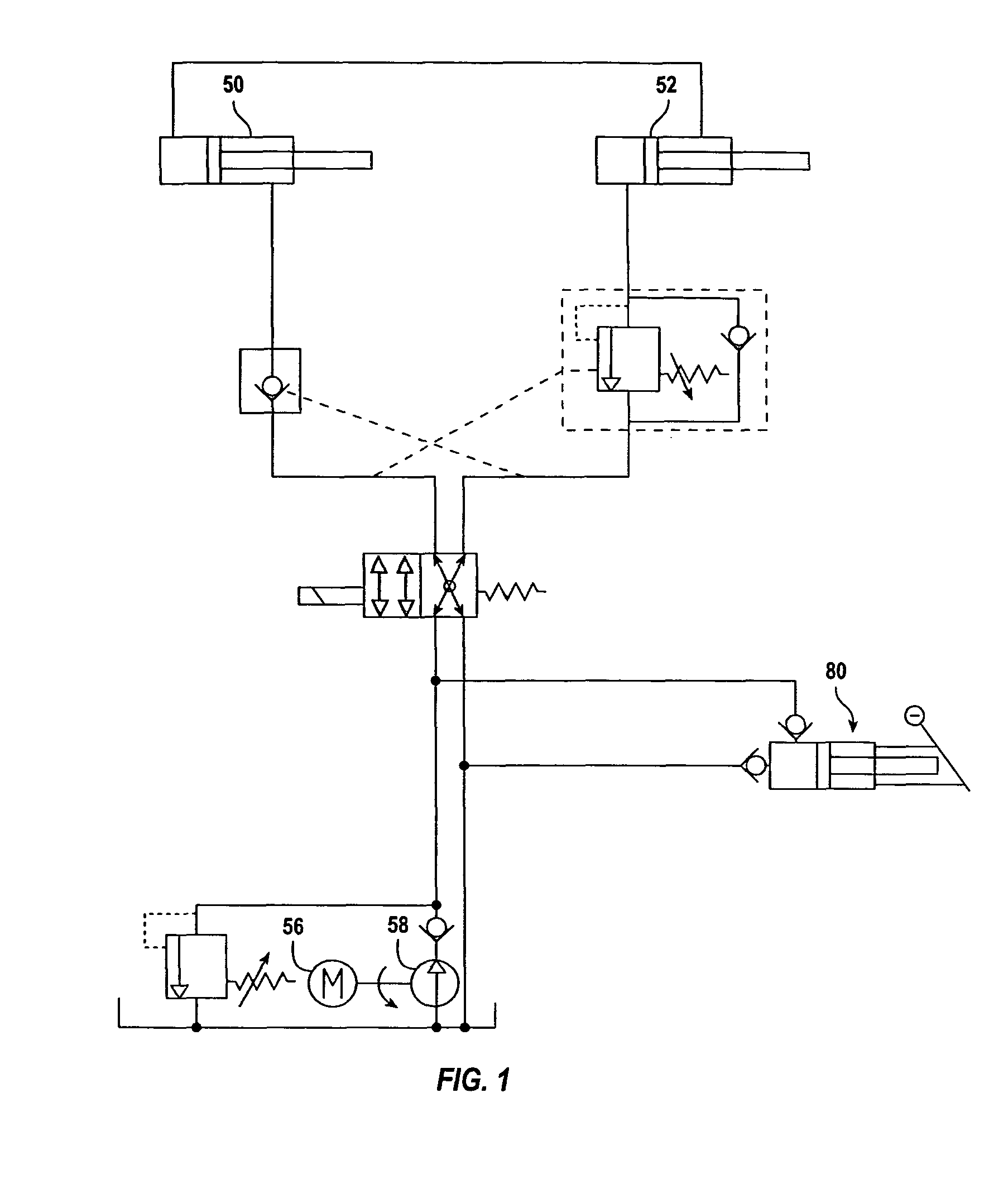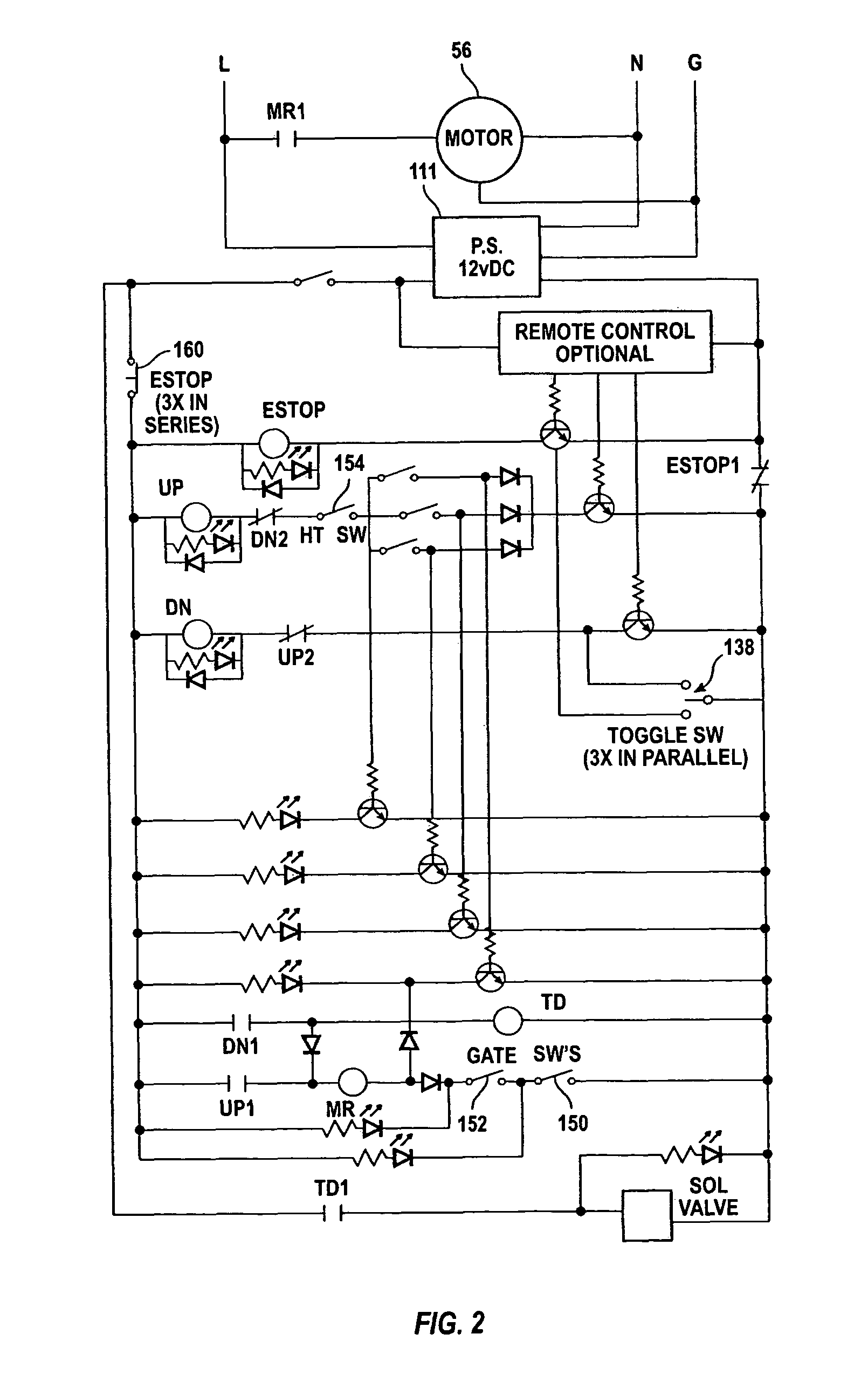Portable wheel chair lift
a wheelchair and lift technology, applied in the field of wheelchair lifts, can solve the problems of difficult transportation of lifting devices, and inability to meet the needs of wheelchair lifts, and achieve the effect of convenient transportation of lifting devices and easy removal
- Summary
- Abstract
- Description
- Claims
- Application Information
AI Technical Summary
Benefits of technology
Problems solved by technology
Method used
Image
Examples
Embodiment Construction
[0043]The portable wheelchair lift device of the present invention uses side supports (161, 163) that extend only about 43 inches above the ground, but the lift device is capable of raising the floor (170 / 196) of the lift car (162) to a stage height of 60 inches. Nonetheless, because the sidewalls (165, 167) and gates (164, 172) of the lift car are 43 inches tall, the lift device is safe for persons using crutches or walkers, in addition to wheelchair users.
[0044]By eliminating the need for an entry ramp, the lift device of the present invention requires approximately 55% less floor space as compared with a similar lift device that includes an entry ramp. The lift device requires only 5 feet of linear space in use, plus perhaps another 4 feet of space near the entry door to allow the user room to maneuver into and out of lift car. In contrast, use of the lift replaces up to 65 feet of linear ramp, saving not only the cost of the ramp itself and the space it takes up, but also the co...
PUM
 Login to View More
Login to View More Abstract
Description
Claims
Application Information
 Login to View More
Login to View More - R&D
- Intellectual Property
- Life Sciences
- Materials
- Tech Scout
- Unparalleled Data Quality
- Higher Quality Content
- 60% Fewer Hallucinations
Browse by: Latest US Patents, China's latest patents, Technical Efficacy Thesaurus, Application Domain, Technology Topic, Popular Technical Reports.
© 2025 PatSnap. All rights reserved.Legal|Privacy policy|Modern Slavery Act Transparency Statement|Sitemap|About US| Contact US: help@patsnap.com



